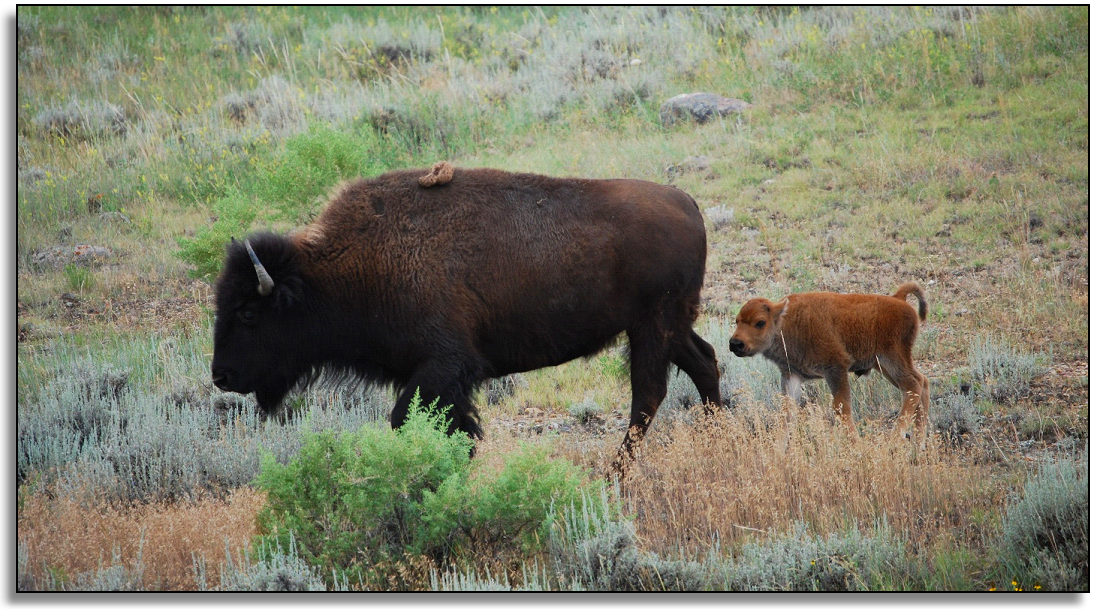

There are no wild bison, year-round in Montana. The only public, wild bison we have are those that visit Montana seasonally from Yellowstone National Park. These bison carry an immense bio/political disadvantage: many are infected with brucellosis, a disease possibly transferable to domestic cattle. Yellowstone bison have not become established in the limited Montana range where up to 250 have been permitted only since 2016. Justified or not, expansion of Yellowstone bison into Montana will continue to be politically difficult. Meanwhile, the gene-based wild characteristics of bison herds all over the 48 states are declining. The need to reestablish a wild herd, with natural selection to maintain valuable wild characteristics, is becoming more critical with each new generation of bison. In Montana, there is the possibility to restore wild, public, brucellosis-free bison on an area of mostly contiguous public land, anchored to a major wildlife refuge. This area includes the Charles M. Russell National Wildlife Refuge. Being on the Great Plains, it is the naturally-associated homeland of plains bison. It offers the best opportunity to restore a wild bison herd, anywhere south of Canada. Recommendations to reestablish bison on the Refuge go back to 1937. In Montana, recent analyses and plans to restore wild bison began in 2001. Promises have been made and forgotten. Options have been studied in terms of biology, economics, and public opinions. Public meetings to discuss bison issues have been frequent. A new federal Refuge management plan has welcomed bison, to no avail. A Montana non-specific (“programmatic”) plan has been offered as an environmental impact statement. In 2020, it was decided to proceed by soliciting site-specific proposals for bison restoration – for still more analysis and public input. After 19 years, any future for wild, public bison in Montana remains in doubt! Meanwhile, the Montana legislature has attempted to eliminate the possibility of wild bison in the state, or to limit restoring public bison to yet another small, penned, domesticating herd. Most legislative bills were not passed. Some were vetoed by the Governor. However, the potential for legislative foreclosure of any future for public, wild bison in Montana remains. Clearly, strong citizen support – in the political arena – will be necessary to reestablish wild bison in Montana. Recent polls show that 70% of Montana voters support restoration of wild bison on the Charles M. Russell National Wildlife Refuge. However, there is lack of a broad understanding of “wildness” and its requirements for bison. This could lead to establishing an inadequate herd, highly constrained to a limited range – as a politically doable surrogate for wild bison. Many such herds already exist south of Canada. Another would add nothing to conservation of wild bison. The Montana Wild Bison Restoration Coalition seeks to address this problem with two goals:
|
Site designed and maintained by Kathryn QannaYahu Kern